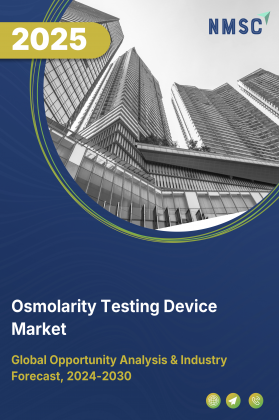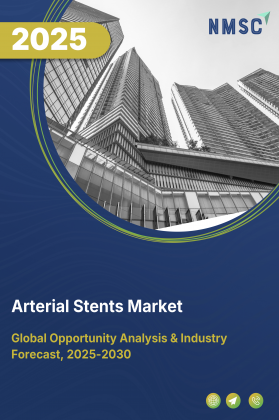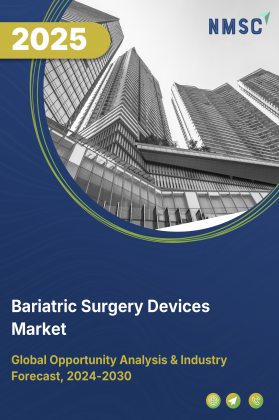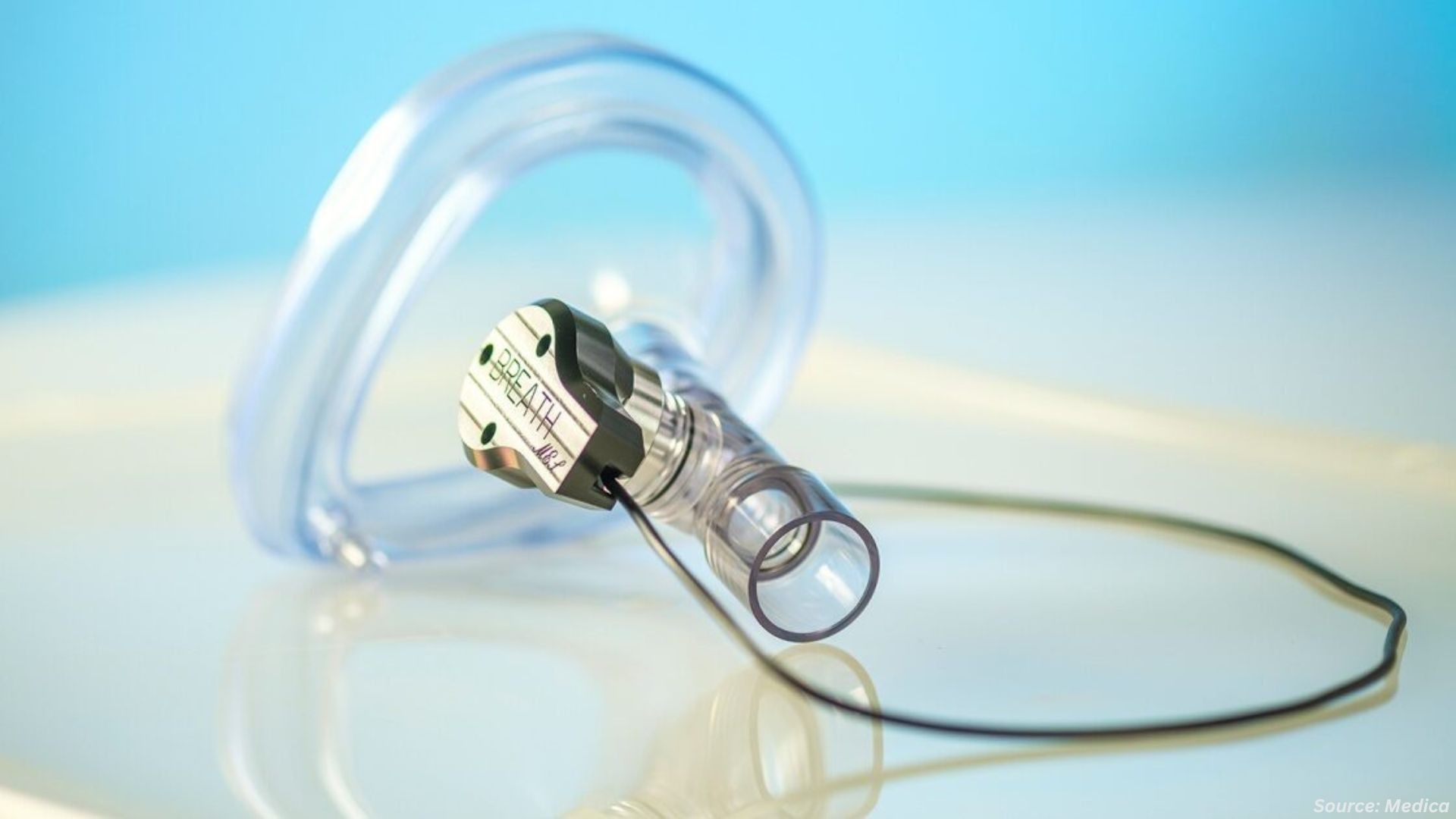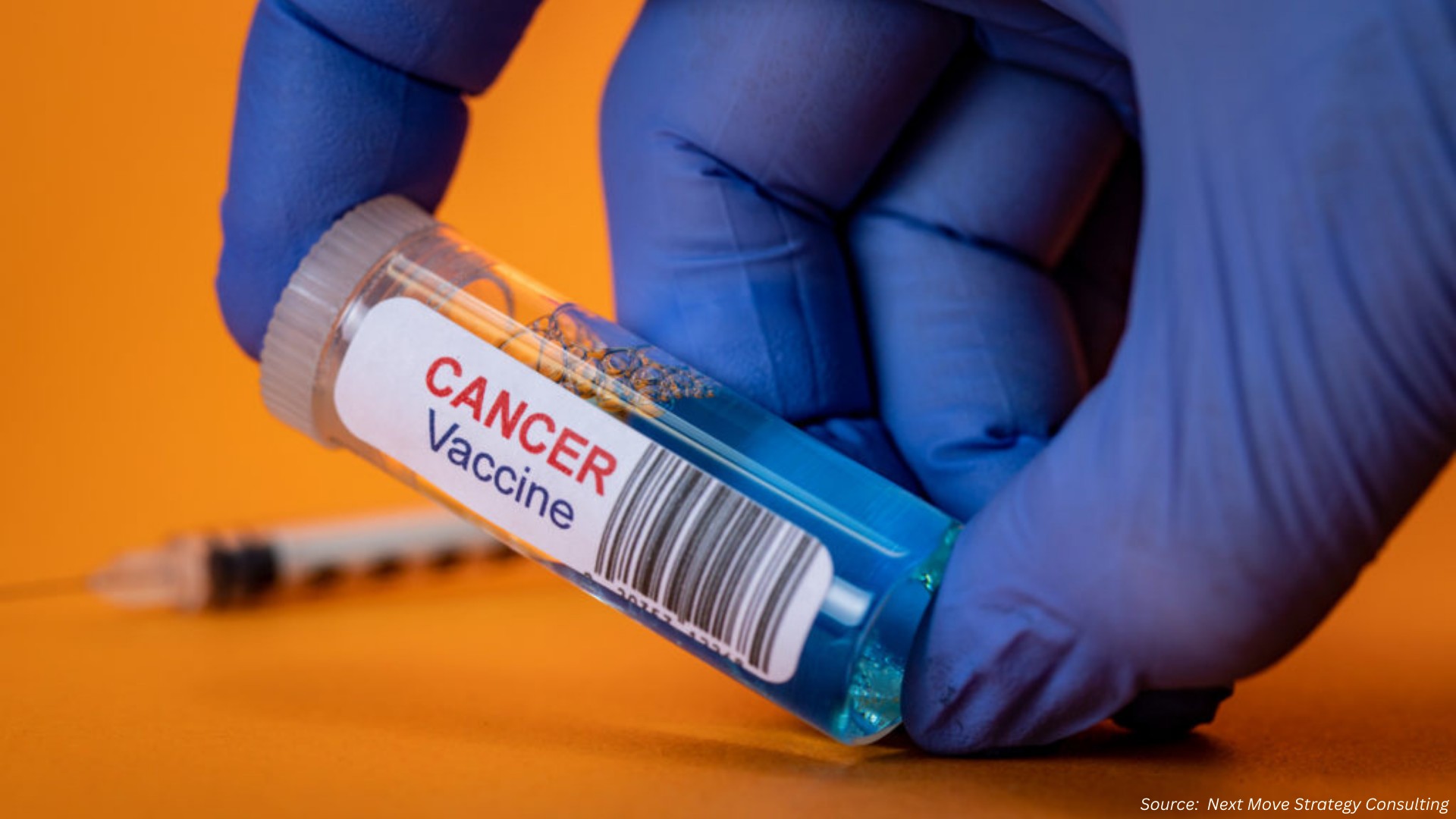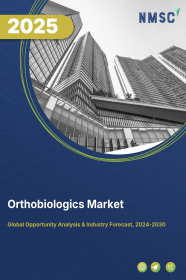
Orthobiologics Market by Product (Demineralized Bone Matrix {DBM}, Allograft, Bone Morphogenetic Protein {BPM}, Viscosupplementation Products, Synthetic Bone Substitutes and Others), Application (Osteoarthritis & Degenerative Arthritis, Spinal Fusion, Fracture recovery, Soft Tissue Injuries, and Maxillofacial & Dental Applications) – Global Opportunity Analysis and Industry Forecast 2020-2030
Orthobiologics Market Report - Comprehensive Overview | |
| Study Period | 2020 - 2030 |
| Base Year for Estimation | 2024 |
| Forecast Data Period | 2026 - 2030 |
| Market Size in Base Year | 6.87 |
| Market Size in Forecast Year | 8.17 |
| Growth Rate 2026 - 2030 | 3.53% |
| Growth Factors | |
| Report Coverage | The report provides insights on market size, forecasts, emerging trends, competitive landscape, key segments, growth opportunities, recent developments, and strategic recommendations to help stakeholders make informed business decisions. |
| Segments Covered | Orthobiologics Market by Product (Demineralized Bone Matrix {DBM}, Allograft, Bone Morphogenetic Protein {BPM}, Viscosupplementation Products, Synthetic Bone Substitutes and Others), Application (Osteoarthritis & Degenerative Arthritis, Spinal Fusion, Fracture recovery, Soft Tissue Injuries, and Maxillofacial & Dental Applications) |
| Countries Covered | 28 |
| Geographical Analysis | North America (The U.S., Canada, Mexico); Europe (The UK, Germany, France, Italy, Spain, Denmark, Netherlands, Finland, Sweden, Norway, Russia, Rest of Europe); Asia-Pacific (China, Japan, India, South Korea, Australia, Indonesia, Singapore, Taiwan, Thailand, Rest of Asia-Pacific) and RoW (Latin America, Middle East, Africa) |
| Companies Profiled | Top 10 companies |
| Market Share | Available for top 10 companies |
| Customization Scope | Free customization (equivalent to up to 80 working hours of analysts) after purchase. Addition or alteration to country, regional, and segment scope. |
| Purchase Option | Avail customized purchase options to meet your exact research needs. |
Market Definition:
The global Orthobiologics Market was valued at USD 5.31 billion in 2019 and is predicted to reach USD 8.17 billion by 2030 with a CAGR of 4.0% from 2020-2030.
Orthobiologics are substances used for the fast healing of broken bones, injured muscles, ligaments and tendons. They are also known as regenerative cellular therapies. There are different types of orthobiologics available that relies on different mechanism of actions, such as platelet-rich plasma, bone marrow concentrate, birth tissues and certain fat grafts.
Market Dynamics and Trends
The growth of orthobiologics market is primarily driven by the increasing number of geriatric populations across the globe which gives rise to the higher incidence of osteoarthritis and musculoskeletal disorders. According to the WHO, 9.6% of men and 18.0% of women aged over 60 years are estimated to have osteoarthritis globally. Also, factors such as surging number of accidents, sports injuries and rising obesity fuels the market growth. Moreover, the orthobiologics market growth is benefitting from the rising awareness of orthobiologics and increasing demand for advanced treatments around the world.
However, stringent approval process, high cost of orthobiologics treatments and limited reimbursement policy are the factors expected to hinder the market growth during the forecast period. On the contrary, increasing R&D investment by biotechnology companies for developing advanced medical devices and growth potential in developing nations are expected to create lucrative opportunities for the orthobiologics market.
Market Segmentations and Scope of the Study:
The global orthobiologics market is segmented on the basis of product, application, type, end-user and geography. On the basis of product, the market is categorized into demineralized bone matrix (DBM), allograft, bone morphogenetic protein (BMP), viscosupplementation products, synthetic bone substitutes, and others. On the basis of application, the market is classified into osteoarthritis & degenerative arthritis, spinal fusion, fracture recovery, soft tissue injuries, and maxillofacial & dental applications. On the basis of type, the market is divided into knee, ankle, hip, wrist & shoulder, spine, and others. On the basis of end-user, the market is fragmented into hospitals & ambulatory centers, research & academic institute, and dental clinics. Geographic breakdown and analysis of each of the aforesaid segments includes regions comprising of North America, Europe, Asia-Pacific, and RoW.
Geographical Analysis
North America holds the lion share of the orthobiologics market. This is attributed to factors such as increasing geriatric population, prevalence of spinal disorders and rising adoption of orthopedic surgeries. Besides, factors such as availability of high reimbursement policy, and advanced treatment procedures also boost the market growth in this region.
However, Asia Pacific is expected to witness the highest growth rate in terms of market size and share during the forecast period. The growth is most likely to be fueled by increasing healthcare expenditure, growing awareness regarding the use of orthobiologics and development of public health infrastructures. Also, other factors such as presence of large number of osteoarthritis patients and surging number of road accidents are driving the market growth in this region.
Competitive Landscape
The orthobiologics market consist of various key players including Stryker Corporation, Zimmer Biomet Holdings, Inc., Wright Medical Group, Inc., Integra LifeSciences Holdings Corporation, Arthrex, Inc. (Arthrex), Johnson and Johnson (J&J), Exactec Inc., Medline Industries, Inc., Globus Medical, Inc., and NuVasive Inc. The major market players have launched various new products to strengthen their position in the market. For instance, in May 2020, Globus Medical, Inc. launched AERIAL, an expandable interspinous fixation system that has the ability to expand and fix each spinous process and provide customized fit to the patient. Also, in September 2019, Zimmer Biomet Holdings, Inc. launched the Persona Revision Knee System for knee replacement procedures. This revision system is modern, intuitive instrumentation platform that enables surgeons to utilize their personal surgical approach for addressing simple to complex revision procedure. It also offers anatomic components to match a patient’s anatomy for personalized fit.
Key Benefits
-
The global orthobiologics market report provides the quantitative analysis of the current market and estimations through 2020-2030 that assists in identifying the prevailing market opportunities to capitalize on.
-
The study comprises a deep dive analysis of the global orthobiologics market trend including the current and future trendsfordepicting the prevalent investment pockets in the market.
-
The information related to key drivers, restraints and opportunities and their impact on the global orthobiologics market is provided in the report.
-
The competitive analysis of the market players along with their market share in the global orthobiologics market.
-
The SWOT analysis and Porters Five Forces model is elaborated in the study.
-
Value chain analysis in the market study provides a clear picture of the stakeholders’ roles.
Key Market Segments
By Product
-
Demineralized Bone Matrix (DBM)
-
Allograft
-
Bone Morphogenetic Protein (BMP)
-
Viscosupplementation Products
-
Synthetic Bone Substitutes
-
Others
By Application
-
Osteoarthritis & Degenerative Arthritis
-
Spinal Fusion
-
Fracture Recovery
-
Soft Tissue Injuries
-
Maxillofacial & Dental Applications
By Type
-
Knee
-
Ankle
-
Hip
-
Wrist & Shoulder
-
Spine
-
Others
By End-User
-
Hospitals & Ambulatory Centers
-
Research & Academic Institute
-
Dental Clinics
By Geography
-
North America
-
U.S
-
Canada
-
Mexico
-
-
Europe
-
UK
-
Germany
-
France
-
Italy
-
Spain
-
Rest of Europe
-
-
Asia-Pacific
-
China
-
India
-
Japan
-
Australia
-
South Korea
-
Rest of Asia-Pacific
-
-
RoW
-
Saudi Arabia
-
South Africa
-
Brazil
-
Remaining Countries
-
Key Players
- Stryker Corporation,
- Zimmer Biomet Holdings, Inc.
- Wright Medical Group, Inc.
- Integra LifeSciences Holdings Corporation
- Arthrex, Inc. (Arthrex),
- Johnson and Johnson (J&J)
- Exactec Inc.
- Medline Industries, Inc.
- Globus Medical, Inc.
- NuVasive Inc.
REPORT SCOPE AND SEGMENTATION:
|
Parameters |
Details |
|
Analysis Period |
2019–2030 |
|
Base Year Considered |
2020 |
|
Forecast Period |
2021–2030 |
|
Market Size Estimation |
Billion (USD) |
|
Market Segmentation |
By Product (Demineralized Bone Matrix {DBM}, Allograft, Bone Morphogenetic Protein {BPM}, Viscosupplementation Products, Synthetic Bone Substitutes and Others), Application (Osteoarthritis & Degenerative Arthritis, Spinal Fusion, Fracture recovery, Soft Tissue Injuries, and Maxillofacial & Dental Applications), Type (Knee, Ankle, Hip, Wrist & shoulder, Spine, and Others), and End User (Hospitals & Ambulatory Centers, Research & Academic Institute, and Dental Clinics) |
|
Geographical Segmentation |
North America (U.S., Canada, Mexico) Europe (UK, Germany, Italy, Spain, France, Rest of Europe), Asia-Pacific (China, Japan, India, South Korea, Australia, Rest of APAC), Rest of the World (Saudi Arabia, South Africa, Brazil, Remaining countries) |
|
Companies Profiled |
Stryker Corporation, Zimmer Biomet Holdings, Inc., Wright Medical Group, Inc., Integra LifeSciences Holdings Corporation, Arthrex, Inc. (Arthrex), Johnson and Johnson (J&J), Exactec Inc., Medline Industries, Inc., Globus Medical, Inc., and NuVasive Inc. |




















 Speak to Our Analyst
Speak to Our Analyst



